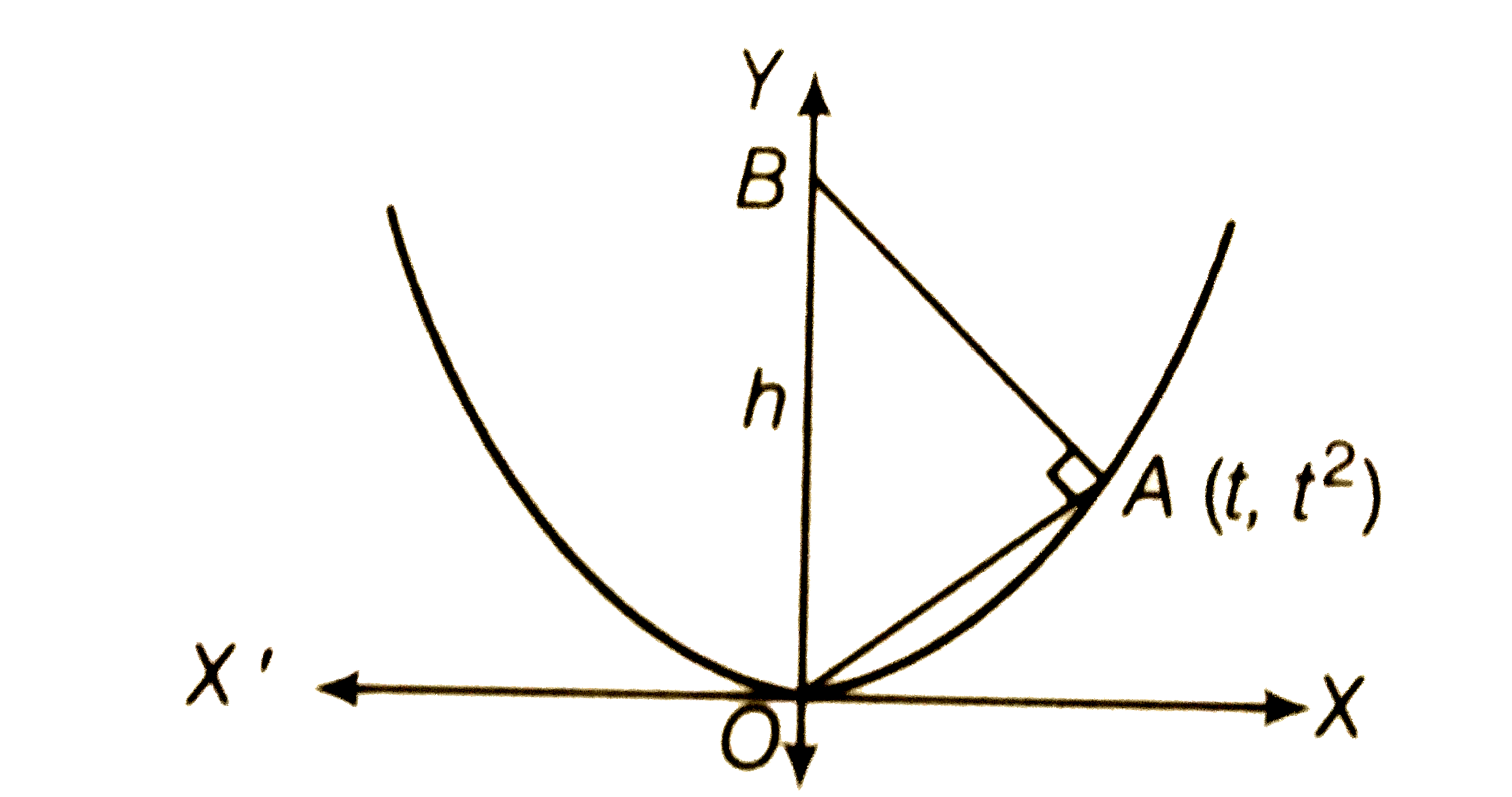The second degree polynomial f(x), satisfying f(0)=o,
f(1)=1,f'(x)>0∀x∈(0,1)
a. f(x)=ϕ
b. f(x)=ax+(1−a)x2,∀a∈(0,∞)
c. f(x)=ax+(1−a)x2,a∈(0,2)
d. No such polynomial Solution in Punjabi
f(x)=ϕ
f(x)=ax+(1−a)x2,∀a∈(0,∞)
f(x)=ax+(1−a)x2,a∈(0,2)
No such polynomial
The correct Answer is:D
Step by step video & image solution for The second degree polynomial f(x), satisfying f(0)=o, f(1)=1,f'(x)gt0AAx in (0,1)a. f(x)=phib. f(x)=ax+(1-a)x^(2),AAa in (0,oo)c. f(x)=ax+(1-a)x^(2), a in (0,2)d. No such polynomial by Maths experts to help you in doubts & scoring excellent marks in Class 12 exams.
Updated on:21/07/2023Topper's Solved these Questions
- MONOTONICITY MAXIMA AND MINIMABOOK - ARIHANT MATHSCHAPTER - MONOTONICITY MAXIMA AND MINIMAEXERCISE - MAXIMA AND MINIMA EXERCISE 6
2 Videos
- MATRICES BOOK - ARIHANT MATHSCHAPTER - MATRICES EXERCISE - Exercise (Questions Asked In Previous 13 Years Exam)
49 Videos
- PAIR OF STRAIGHT LINES BOOK - ARIHANT MATHSCHAPTER - PAIR OF STRAIGHT LINES EXERCISE - Exercise (Questions Asked In Previous 13 Years Exam)
2 Videos
Similar Questions
The figure shows a right triangle with its hypotenuse OB along the y-axis and its vertex A on the parabola y=x2.

Let h represents the length of the hypotenuse which depends on the x-coordinate of the point A. The value of limt→o(h) is equal to
View SolutionLet A=⎡⎢⎣1000110−24⎤⎥⎦,I=⎡⎢⎣100010001⎤⎥⎦andA−1=[16(A2+cA+dI)] Then value of candd are (a) (−6,−11) (b) (6,11) (c) (−6,11) (d) (6,−11)
View SolutionIf the pair of lines ax2+2(a+b)xy+by2=0 lie along diameters of a circle and divide the circle into four sectors such that the area of one of the sectors is thrice the area of another sector then
View SolutionIf f(x)=x−1x+1 , then f(f(ax)) in terms of f(x) is equal to (a)f(x)−1a(f(x)−1) (b) f(x)+1a(f(x)−1) (c)f(x)−1a(f(x)+1) (d) f(x)+1a(f(x)+1)
View SolutionSuppose ∣∣∣f'(x)f(x)f''(x)f'(x)∣∣∣=0 is continuously differentiable function with f′(x)≠0 and satisfies f(0)=1 and f'(0)=2 then (lim)x→0f(x)−1x is 1/2 b. 1 c. 2 d. 0
View SolutionThe second degree polynomial satisfying f(x),f(0)=0,f(1)=1,f'(x)>0AA x in(0,1)
View Solutionf(x)=(ax^(2)+1)/(x^(2)+1),lim_(x rarr0)f(x)=1 and lim_(x rarr oo)f(x)=1, then prove that f(-2)=f(2)=1
View SolutionThe f(x) is a third degree polynomial such that f(0)=4 and Lt_(x rarr1)(f(x))/((x-1)^(2))=1 then f(x) is not divisible be
View SolutionThe second degree polynomial f(x), satisfying f(0)=o,
f(1)=1,f'(x)>0∀x∈(0,1)
View SolutionIf f(x) is a polynomial function satisfying the condition f(x).f(1x)=f(x)+f(1x) and f(2) = 9 then
View SolutionSuppose ∣∣∣f'(x)f(x)f''(x)f'(x)∣∣∣=0 is continuously differentiable function with f′(x)≠0 and satisfies f(0)=1 and f'(0)=2 then (lim)x→0f(x)−1x is 1/2 b. 1 c. 2 d. 0
View SolutionIf f(x) is a polynomial fin x(>0) satisfying the equation f(x)+f(1/x)=f(x).f(1/x)andf(2)=9, then f(3)=
View SolutionIf f:R→R such that f(x)=ax+b,a≠0 and the equation f(x)=f−1(x) is satisfied by
View SolutionThe second degree polynomial f(x), satisfying f(0)=o,
f(1)=1,f'(x)>0∀x∈(0,1)
View SolutionIf f(x) is a polynomial function satisfying the condition f(x).f(1x)=f(x)+f(1x) and f(2) = 9 then
View SolutionIf f(x) is a polynomial in x(>0) satisfying the equation f(x)+f(1x)=f(x)f(1x) and f(2)=9 ,then f(3) -,
View Solution
